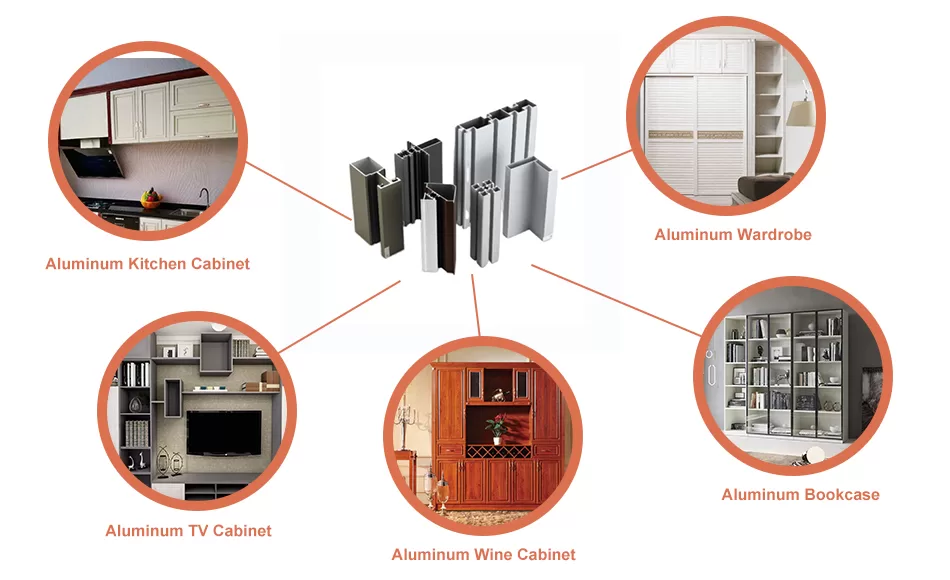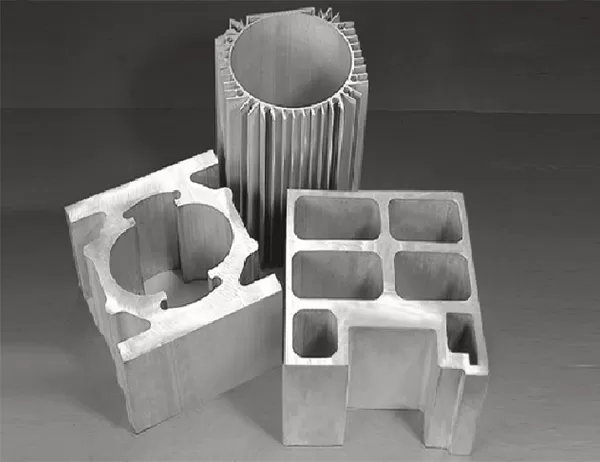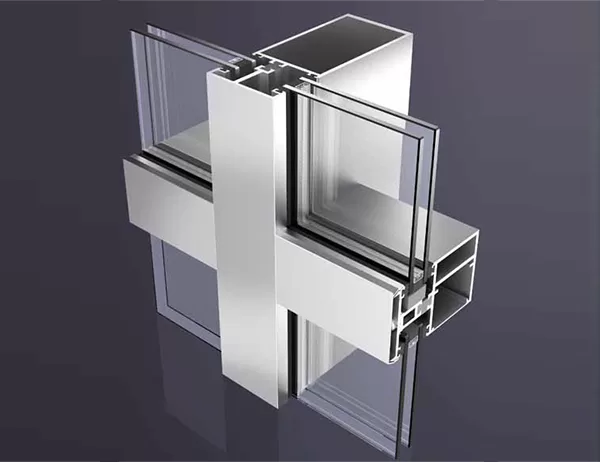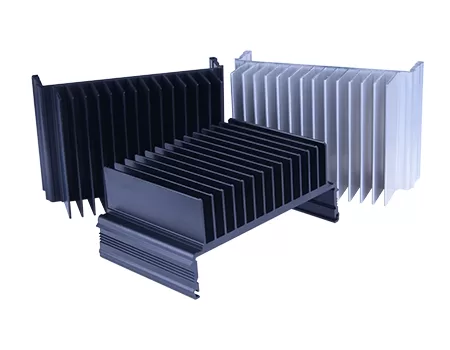In the ever-evolving world of surface engineering, fluorocarbon coatings have emerged as a revolutionary force, transforming the properties of aluminum and unlocking a vast array of applications. These coatings, with their unrivaled resistance and versatility, have become indispensable in industries ranging from aerospace to automotive.
Types of Fluorocarbon Coatings
Fluorocarbon coatings primarily consist of a blend of fluoropolymers and other additives. The three main types are:
Polytetrafluoroethylene (PTFE): Known for its exceptional chemical and thermal resistance, PTFE finds applications where friction reduction and non-stick properties are crucial.
Fluorinated Ethylene Propylene (FEP): A semi-crystalline variant, FEP offers a balance of chemical resistance, flexibility, and low friction.
Perfluoroalkoxy (PFA): With enhanced chemical and temperature resistance compared to FEP, PFA is ideal for use in harsh environments and semiconductor fabrication.
Applications on Aluminum
Fluorocarbon coatings on aluminum provide remarkable benefits that extend its usability:
Corrosion Protection: These coatings form a protective barrier against moisture, salts, and chemicals, safeguarding aluminum from degradation.
Chemical Resistance: Fluorocarbon coatings are highly resistant to acids, bases, and solvents, making them suitable for use in chemical processing and handling.
Enhanced Durability: The coatings improve the scratch and abrasion resistance of aluminum, extending its lifespan and reducing maintenance costs.
Non-stick Properties: The coatings reduce friction between aluminum and other materials, making them valuable for applications where easy release is essential, such as food processing.
Thermal Stability: These coatings can withstand extreme temperatures, maintaining their integrity in demanding environments such as aerospace and automotive components.
Applications Across Industries
The versatility of fluorocarbon coatings on aluminum has led to its widespread adoption across various industries:
Aerospace: Lightweight components coated with these coatings enhance corrosion resistance and reduce friction in aircraft engines and landing gear.
Automotive: Fluorocarbon coatings improve the durability of wheels, brake calipers, and engine parts, extending their lifespan and improving performance.
Medical: The coatings’ non-stick and chemical resistance make them suitable for medical instruments and implants, minimizing adhesion and infection risk.
Electronics: These coatings protect circuit boards and electronic components from moisture and chemical damage, ensuring reliable operation.
Conclusion
Fluorocarbon coatings on aluminum have revolutionized the possibilities of metalworking. Their exceptional resistance, versatility, and enhanced durability have made them indispensable in countless applications across industries. As technology continues to advance, the use of these coatings will only expand, unlocking new opportunities for innovation and performance.




